Hyundai IONIQ 6 vs Renault Scénic – Differences & prices compared
Two cars, one duel: Hyundai IONIQ 6 meets Renault Scénic.
Which one wins in performance, efficiency and value for money? Find out now!
Costs and Efficiency:
Looking at overall running costs, both models reveal some interesting differences in everyday economy.
Renault Scénic has a barely noticeable advantage in terms of price – it starts at 34600 £, while the Hyundai IONIQ 6 costs 37600 £. That’s a price difference of around 3000 £.
In terms of energy consumption, the advantage goes to the Hyundai IONIQ 6: with 13.90 kWh per 100 km, it’s slightly more efficient than the Renault Scénic with 16.60 kWh. That’s a difference of about 2.70 kWh.
As for range, the Hyundai IONIQ 6 performs slight better – achieving up to 614 km, about 16 km more than the Renault Scénic.
Engine and Performance:
Power, torque and acceleration say a lot about how a car feels on the road. This is where you see which model delivers more driving dynamics.
When it comes to engine power, the Hyundai IONIQ 6 has a convincingly edge – offering 650 HP compared to 218 HP. That’s roughly 432 HP more horsepower.
In acceleration from 0 to 100 km/h, the Hyundai IONIQ 6 is decisively quicker – completing the sprint in 3.20 s, while the Renault Scénic takes 7.90 s. That’s about 4.70 s faster.
In terms of top speed, the Hyundai IONIQ 6 performs evident better – reaching 257 km/h, while the Renault Scénic tops out at 170 km/h. The difference is around 87 km/h.
There’s also a difference in torque: Hyundai IONIQ 6 pulls clearly stronger with 770 Nm compared to 300 Nm. That’s about 470 Nm difference.
Space and Everyday Use:
Cabin size, boot volume and payload all play a role in everyday practicality. Here, comfort and flexibility make the difference.
Both vehicles offer seating for 5 people.
In curb weight, Renault Scénic is hardly perceptible lighter – 1822 kg compared to 1850 kg. The difference is around 28 kg.
In terms of boot space, the Renault Scénic offers evident more room – 545 L compared to 401 L. That’s a difference of about 144 L.
When it comes to payload, Renault Scénic a bit takes the win – 518 kg compared to 430 kg. That’s a difference of about 88 kg.
Who comes out on top?
Overall, the Hyundai IONIQ 6 shows itself to be leaves the rival little chance and secures the title of DriveDuel Champion.
It convinces with the more balanced overall package and proves to be the more versatile choice for everyday use.
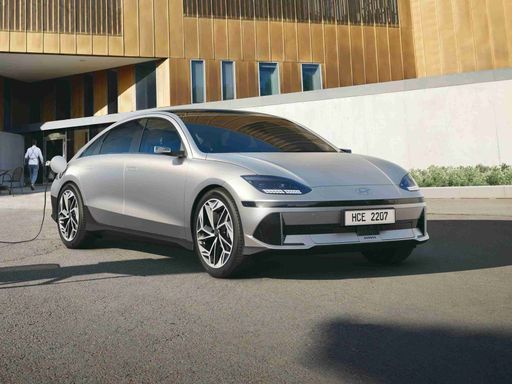 @ hyundai.news
@ hyundai.news
Hyundai IONIQ 6
Hyundai IONIQ 6
The Hyundai IONIQ 6 merges futuristic design with eco-friendly technology, offering a glimpse into the future of electric mobility. Its sleek silhouette and aerodynamic profile are sure to capture attention on the road, while the interior provides a seamless blend of comfort and cutting-edge digital features. With a focus on efficiency and sustainability, this model represents a significant step forward in the evolution of electric vehicles.
details @ hyundai.news
@ hyundai.news
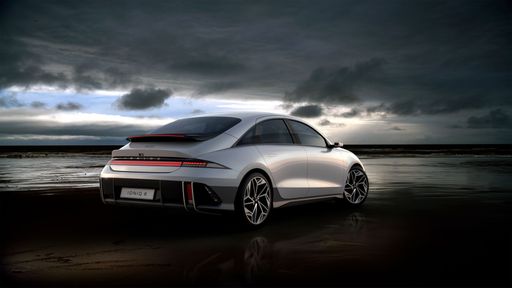 @ hyundai.news
@ hyundai.news
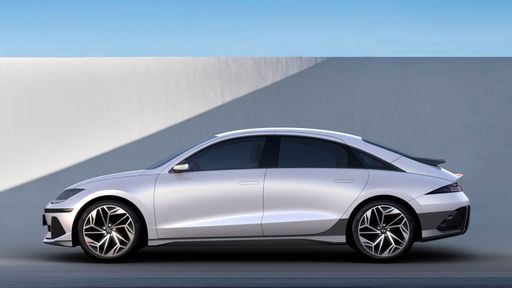 @ hyundai.news
@ hyundai.news
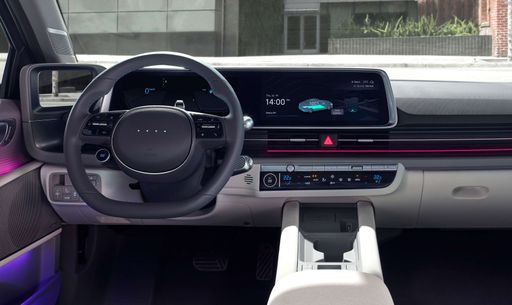 @ hyundai.news
@ hyundai.news
Renault Scénic
The Renault Scénic, with its distinctive design, captures attention through its sleek and modern aesthetic. Its interior is thoughtfully crafted, offering ample space and comfort for family travel or long journeys. The Scénic stands out with a strong emphasis on practicality, making it an ideal choice for those seeking both style and functionality in a vehicle.
details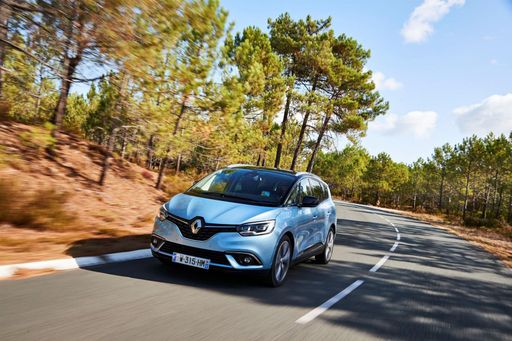 @ Renault
@ Renault
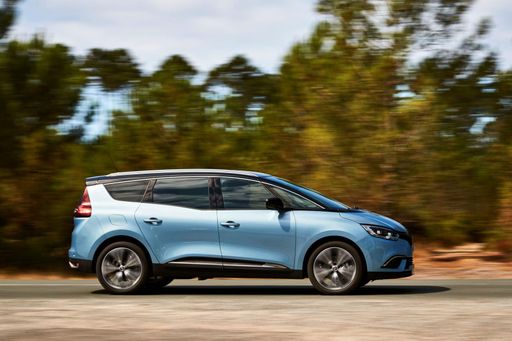 @ Renault
@ Renault
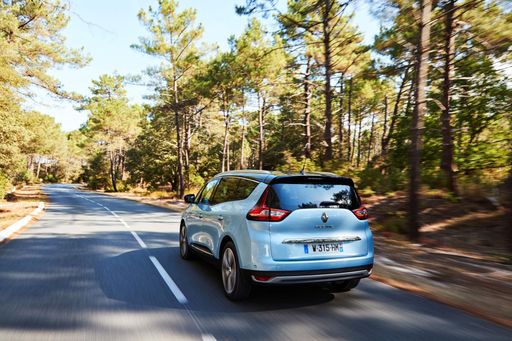 @ Renault
@ Renault
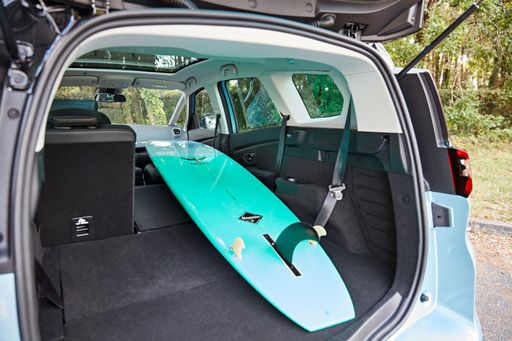 @ Renault
@ Renault
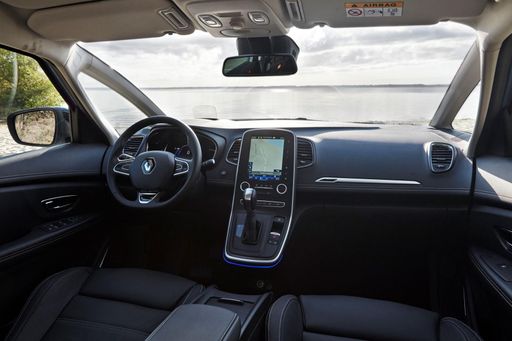 @ Renault
@ Renault
 @ hyundai.news
@ hyundai.news
|
 @ Renault
@ Renault
|
|
|
|
Costs and Consumption |
|
|---|---|
|
Price
37600 - 64300 £
|
Price
34600 - 44000 £
|
|
Consumption L/100km
-
|
Consumption L/100km
-
|
|
Consumption kWh/100km
13.9 - 15.1 kWh
|
Consumption kWh/100km
16.6 - 17.5 kWh
|
|
Electric Range
429 - 614 km
|
Electric Range
420 - 598 km
|
|
Battery Capacity
53 - 84 kWh
|
Battery Capacity
-
|
|
co2
0 g/km
|
co2
0 g/km
|
|
Fuel tank capacity
-
|
Fuel tank capacity
-
|
Dimensions and Body |
|
|---|---|
|
Body Type
Hatchback
|
Body Type
SUV
|
|
Seats
5
|
Seats
5
|
|
Doors
4
|
Doors
5
|
|
Curb weight
1850 - 2095 kg
|
Curb weight
1822 - 1927 kg
|
|
Trunk capacity
401 L
|
Trunk capacity
545 L
|
|
Length
4855 - 4935 mm
|
Length
4470 mm
|
|
Width
1880 - 1940 mm
|
Width
1864 mm
|
|
Height
1495 mm
|
Height
1571 mm
|
|
Max trunk capacity
-
|
Max trunk capacity
1670 L
|
|
Payload
425 - 430 kg
|
Payload
514 - 518 kg
|
Engine and Performance |
|
|---|---|
|
Engine Type
Electric
|
Engine Type
Electric
|
|
Transmission
Automatic
|
Transmission
Automatic
|
|
Transmission Detail
Reduction Gearbox
|
Transmission Detail
Reduction Gearbox
|
|
Drive Type
Rear-Wheel Drive, All-Wheel Drive
|
Drive Type
Front-Wheel Drive
|
|
Power HP
151 - 650 HP
|
Power HP
170 - 218 HP
|
|
Acceleration 0-100km/h
3.2 - 8.8 s
|
Acceleration 0-100km/h
7.9 - 8.6 s
|
|
Max Speed
185 - 257 km/h
|
Max Speed
150 - 170 km/h
|
|
Torque
350 - 770 Nm
|
Torque
280 - 300 Nm
|
|
Number of Cylinders
-
|
Number of Cylinders
-
|
|
Power kW
111 - 478 kW
|
Power kW
125 - 160 kW
|
|
Engine capacity
-
|
Engine capacity
-
|
General |
|
|---|---|
|
Model Year
2022 - 2025
|
Model Year
2025
|
|
CO2 Efficiency Class
A
|
CO2 Efficiency Class
A
|
|
Brand
Hyundai
|
Brand
Renault
|
What drive types are available for the Hyundai IONIQ 6?
Available configurations include Rear-Wheel Drive or All-Wheel Drive.
The prices and data displayed are estimates based on German list prices and may vary by country. This information is not legally binding.
